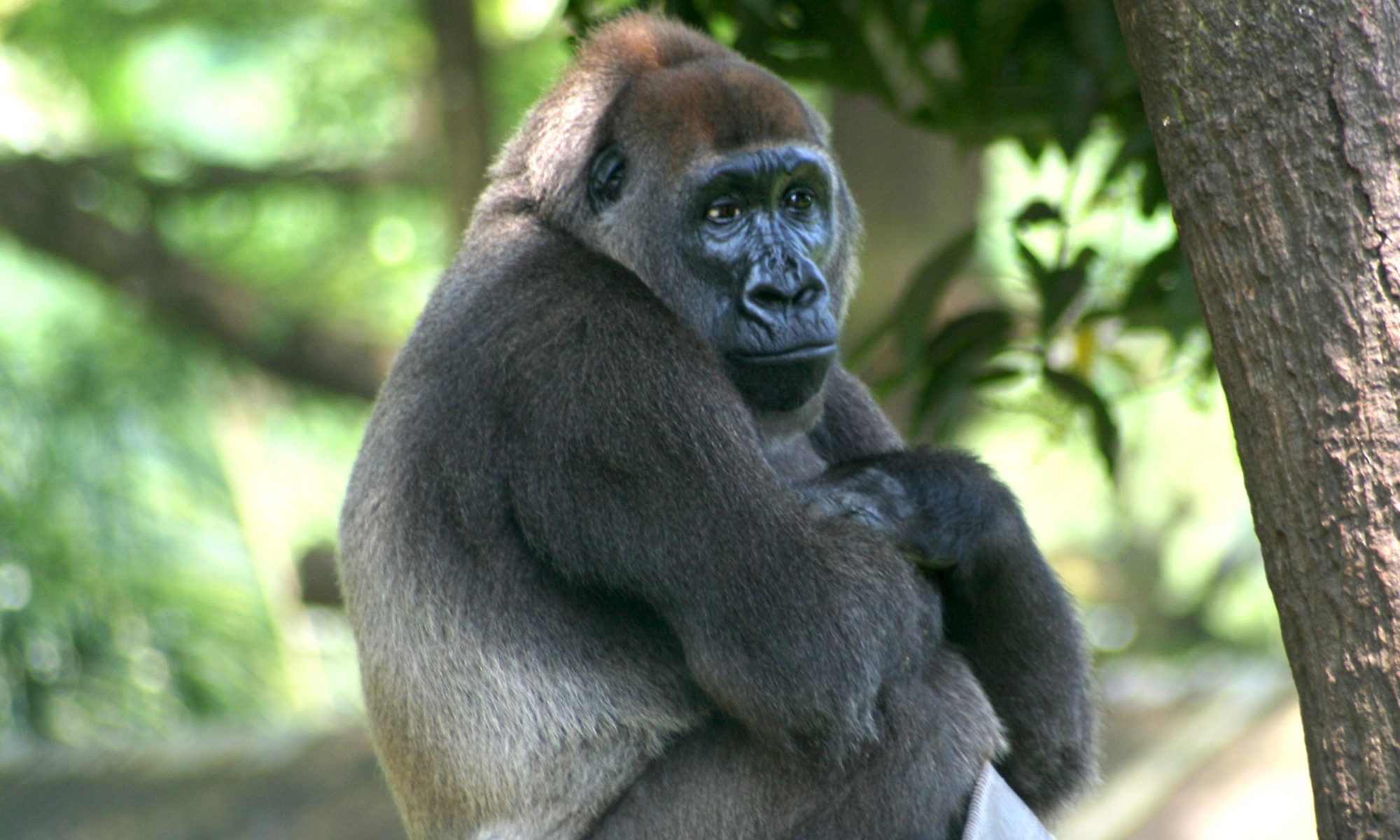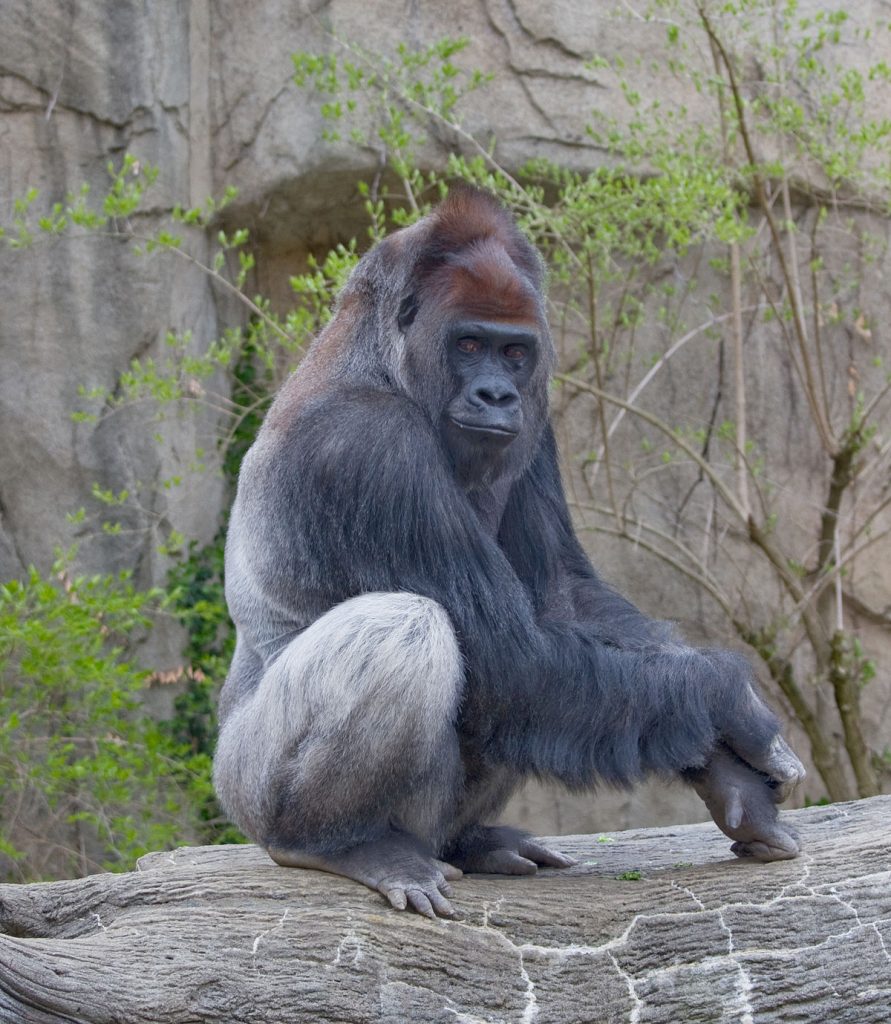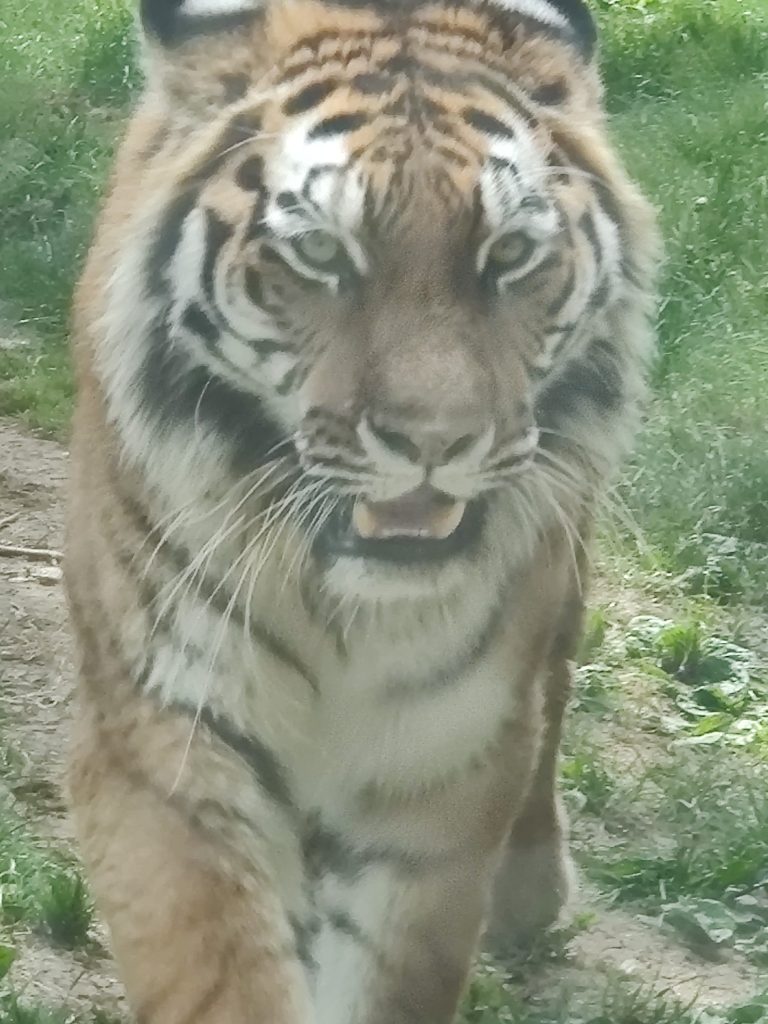I have had an encounter with a wolf – perhaps 100m distant, and no reaction to my presence. I have also watched a wolf from the safety of a bear hide. I have even listened to the eery sound of a wolf howl, both within an English zoo (late at night) and more excitingly from all around when trying to see wolves on the edge of the Sierra de Culebra in Spain. Annoyingly, although our guides howl was answered from 4 different locations, on that occasion the wolf did not allow us to see them at all.
In France, with a wolf population (as of 2021) of about 580, unless you know what you are doing, or are incredibly lucky you are unlikely to encounter a wolf. Indeed even wildlife guides working in nature reserves do not normally see wolves every day. Here I will recount an encounter someone had in France.
Continue reading “Wolf encounter in France (not mine unfortunately)”














